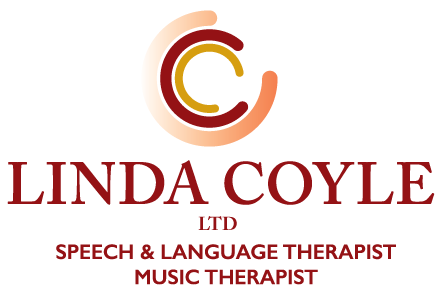I am often asked about bilingualism by teachers, particularly in relation to children whose first language is not English, and it is now a topic that I always include on my summer teacher training courses at the West Cork Education Centre.
Across the world, bilingualism (and multi-lingualism) is more common than monolingualism (one language). There are two ways that children become bilingual, simultaneous bilingualism, where two languages are learned at the same time (L1 and L2), and consecutive bilingualism where one language is learned after the other (L1 then L2). An example of simultaneous bilingualism is when one parent speaks Irish to a child and the other speaks English, and over time the child acquires both languages at a similar (enough) pace. An example of consecutive bilingualism is when a child from a Polish speaking family learns English when s/he goes to an English speaking school (L1 then L2).
Being bilingual has many advantages, and in itself does not put a child at risk of having a speech or language problem. Saying that, in looking at consecutive bilingualism we make a distinction between additive and subtractive bilingualism. Additive bilingualism occurs when L2 is introduced, but L1 continues to be learned, developed and valued. Subtractive bilingualism occurs when L2 is introduced, but L1 is not used and/or valued.
So, for children whose first language is not English, and who may be struggling with English and other aspects of the curriculum, a key area is supporting the child’s native tongue, both in the home, and when possible, within the school setting.
If you have other questions about this, or any other topics, let me know.
I came across a very interesting post on bilingualism on www.heatherspeechtherapy.com. The direct link is here.
Article featured in October 2014 edition of Connected Communication.

